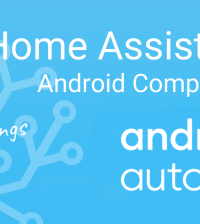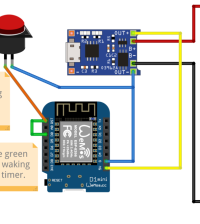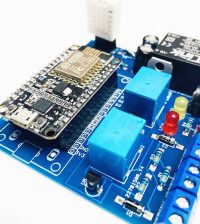- How to Adjust X and Y Axis Scale in Arduino Serial Plotter (No Extra Software Needed)Posted 1 month ago
- Elettronici Entusiasti: Inspiring Makers at Maker Faire Rome 2024Posted 1 month ago
- makeITcircular 2024 content launched – Part of Maker Faire Rome 2024Posted 4 months ago
- Application For Maker Faire Rome 2024: Deadline June 20thPosted 5 months ago
- Building a 3D Digital Clock with ArduinoPosted 10 months ago
- Creating a controller for Minecraft with realistic body movements using ArduinoPosted 11 months ago
- Snowflake with ArduinoPosted 11 months ago
- Holographic Christmas TreePosted 11 months ago
- Segstick: Build Your Own Self-Balancing Vehicle in Just 2 Days with ArduinoPosted 12 months ago
- ZSWatch: An Open-Source Smartwatch Project Based on the Zephyr Operating SystemPosted 1 year ago
Mercury IoT System, Soon Available on Open-Electronics!
Open Electronics is working with our friend Francesco Ficili to work out a new modular development system for IoT application: the Mercury System, soon available on our store.
It is a modular HW/SW development platform composed by:
- A main unit to implement the programmable logic block
- Various networks units to add the connectivity
- Several slave units to add many types of sensors and actuators
- Some power units to satisfy system power supply requirements
- A SW framework able to abstract all the low level programming issues and leave to the user only the application logic development task
The Mercuy System is more than a tool to develop IoT applications, and it could be easily extended to any general purpose embedded electronic project. Here is a video of a proximity lock developed using a BB01, an ultrasonic sensor and a SB relay .
With Mercury System you can easily create IoT applications without struggling with HW and Low Level Embedded SW details, and focusing on software logic only. Here is a video of a Moodlamp application made with Mercury System:
Look at this demo of our nice Intrusion Detector made using the Mercury System. It took more or less a couple of hours to develop it by using the PIC18 BB, the GSM/GPRS MB, an Ultrasonic Sensor SB and the Dual Expansion board (and the development framework, obviously…):















